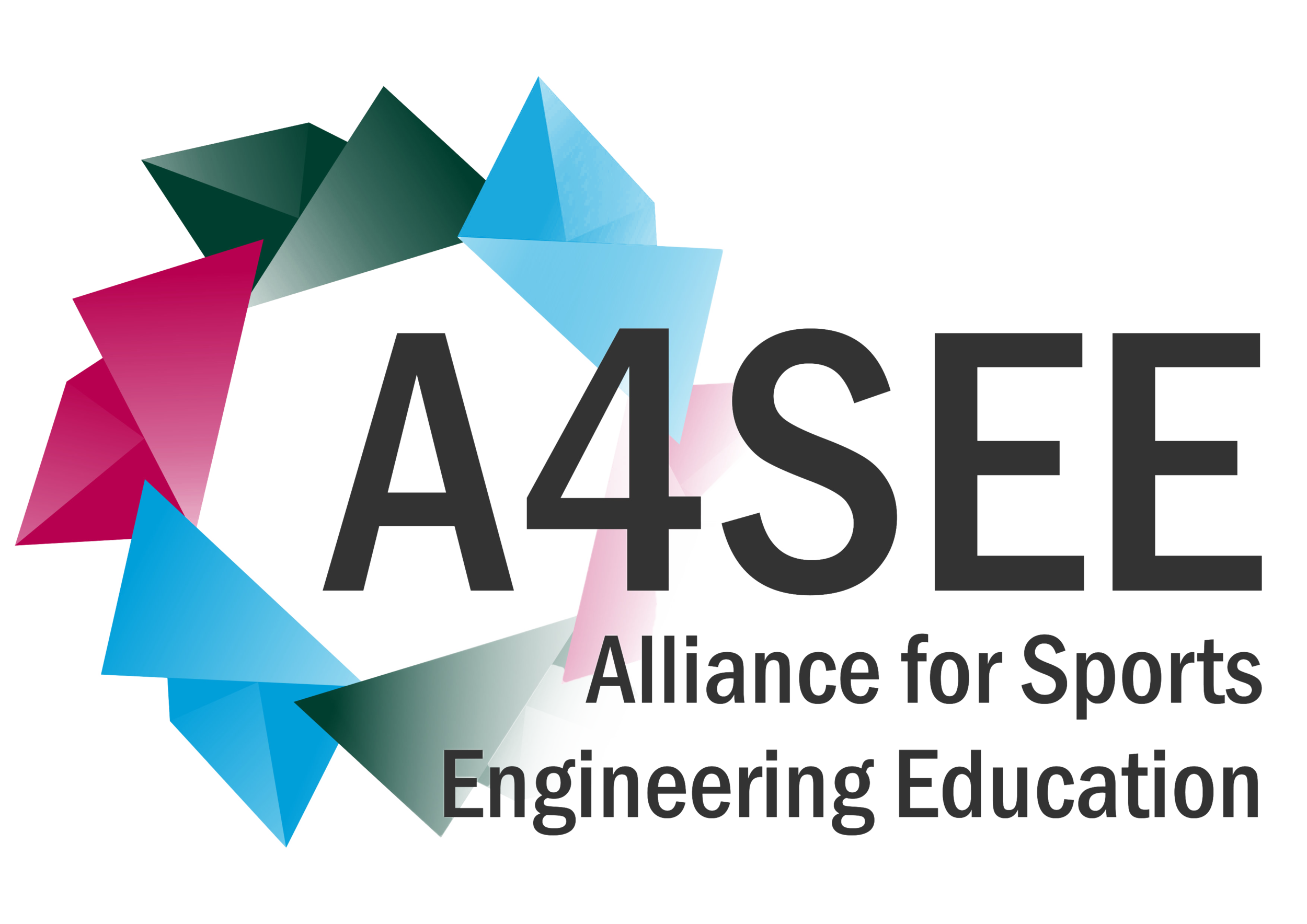TU Delft
CITIUS, ALTIUS, FORTIUS (FASTER, HIGHER, STRONGER).
The Olympic motto stands for the driving force behind many sporting events.
Humans continuously explore the limits of human performance and technical innovations have played a key role in this process. For the best results, top athletes need the best materials and techniques. But how do you gain speed? What is a good material and technique? How can you beat records? Such questions keep modern top athletes constantly busy. Technology and innovation are ubiquitous in top sports and engineers can help athletes breaking records.
This specialization focuses on studying the human body at its extreme, optimizing its interface with sports equipment, and implementing the research results into challenging designs, for the benefit of top athletes. The field is broad. Sports engineering problems range from predicting and improving the bouncing behaviour of a ball to real-time measuring of forces generated during skating. You will develop a deep understanding of the physiology and biomechanics of athletes and their interaction with equipment and physical elements. You will learn how to use biomechanics for improving training, enhancing performance, and for avoiding injury. You will learn about techniques for lab and field measurements and study the thin line between top performance, injury risk, and rehabilitation.
Specialization Sports Engineering: part of the Master Mechanical Engineering
The Master’s programme Mechanical Engineering covers two years of study, each with a study load of 60 ECTS. The total programme involves 120 ECTS and comprises cursory modules, assignments and a Master’s thesis project. Within this master program the student should announce for the track Biomechanical Design in order to choose the specialization Sports Engineering
.
Master Track Biomechanical Design
Biomechanical Design (BMD) is one of six tracks within MSc Mechanical Engineering. It is rooted in the Department of Biomechanical Engineering, where students receive advanced education in the design and engineering of robotic devices, mechatronic design, control engineering and biological principles. Biomechanical systems are technical systems designed to interact with biological systems, or designed following the principles of biological systems. Examples are telemanipulation systems, such as those used in surgical robots, in space and in the off-shore industry, where a human controls a master robot whilst a slave robot mimics these actions. Other examples of biologically inspired design are endoscopes with the flexibility and steerability of an octopus tentacle, humanoid robots walking as humans do and intelligently collaborating robots using local interactive information exchange, as humans do.
Admission requirements
In most cases, if you hold a BSc degree and the Master’s programme is closely related to your Bachelor’s programme, you will be admitted directly into the programme. However, if the Master’s programme does not follow directly from your undergraduate programme, you will be required to take additional courses in what is called a bridging programme. This may be a standard programme, or it may be tailored to your specific situation.
To see which Master’s programmes are open to you on completion of your Bachelor’s degree from a Dutch non-technical university, click on http://www.studychoice.nl. If you do your Bachelor’s at a technical university, click on doorstroommatrix.
Admission requirements for TH students
A so-called TH-program, consisting of a number of second and third year courses of the Mechanical Engineering BSc program has to be followed. Please contact Schakel-3mE@tudelft.nl for more information.
More information
For more information visit the mechanical engineering website.

